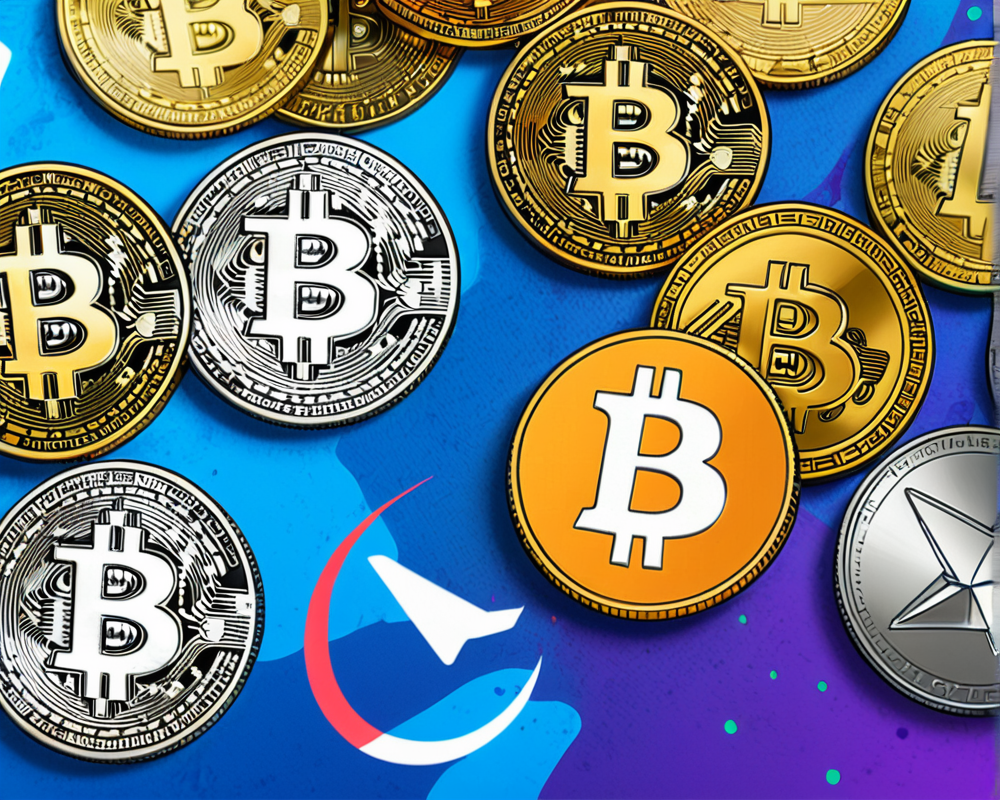The Coinbase Initiative Explained
In a surprising yet bold move, Coinbase has called on its customers to ditch Tether’s USDT for the more secure USD Coin (USDC). This decision emerges from skepticism over stablecoins’ reliability, especially following the debacle surrounding FTX. What makes this conversion appealing? Coinbase is waiving the fees! That’s right, no extra charges to make your crypto life a little less stressful.
Understanding The Stablecoin Landscape
Stablecoins initially served as a gateway for trading on crypto exchanges. However, their role has evolved into that of a crucial player ensuring liquidity in the market. A quick refresher: stablecoins should ideally have reserves backing them equivalently to 1 USD. But, the drama of the FTX saga raised more than just eyebrows; it sent shockwaves through the altcoin economy.
The Scrutiny on Reserves
- After FTX’s collapse, doubts about many stablecoins’ reserves ignited fierce debate.
- Tether published its reserves report shortly before FTX filed for bankruptcy, revealing it had 82% held in cash and equivalents.
- Meanwhile, Coinbase has been vocal about USDC being 100% backed by cash and short-dated U.S. treasuries, and it’s always redeemable at a 1:1 ratio for USD.
The Back-and-Forth: Tether vs. Coinbase
In typical soap opera fashion, Tether representatives didn’t hold back in calling out Coinbase’s move, describing it as “wildly inappropriate and desperate.” With the USDC market cap shrinking rapidly, they perceive this strategy as an opportunistic panic rather than a fair competition.
“The general conclusion on Twitter is that this is a move borne out of desperation.”
What’s at Stake? The Stablecoin War
The competition among stablecoins is heating up – it’s practically a crypto cold war. Coinbase’s push to shift USDT to USDC comes on the heels of Binance cutting ties with USDC, leading to a significant drop in USDC’s market cap. To put this in perspective:
- USDT: $65 billion
- USDC: $42 billion
- BUSD: $22 billion
Final Thoughts: Choosing Sides
With the stakes this high, should investors consider the transition from USDT to USDC? It’s a question that calls for a personal assessment of risk tolerance and market trust. As much as one might enjoy the ‘free’ travel from one stablecoin to the next, it’s essential to do due diligence. After all, in the wild world of cryptocurrency, an ounce of caution could be more valuable than a pound of profit.















+ There are no comments
Add yours